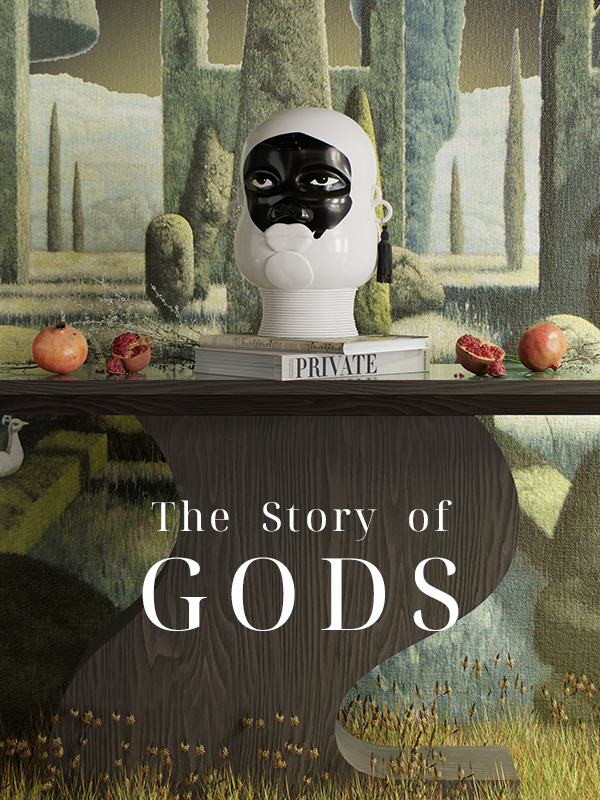Travel with us to the Indian Ocean coast in Kenya to visit supermodel Naomi Campbell in her luxurious and airy villa. Life as a fashion pioneer and industry icon in constant turmoil for years needs a place to escape and relax, and the peaceful seaside town of Malindi has proven to be the perfect place.
“It’s a very peaceful place,” says Campbell. “You just want to read and be with yourself. “

Over the course of her remarkable 35-year career, supermodel Naomi Campbell has led the way, invaded catwalks and decorated countless magazine covers. And while most of her legendary colleagues have long since retired and pulled out of the spotlight, at 50, Campbell is more in demand than ever and enjoys a level of visibility that models half her age would envy. Images of Campbell slowly strolling down the catwalk in a sublime silver-clad dress set fire to the Internet and left little doubt that she remains one of the most important models of all time.
In recent years, she has become the face of Nars (her first beauty campaign) and has appeared in ads for Burberry and Saint Laurent, Beyoncé’s beloved video “Brown Skin Girl” and Amazon’s fashion competition series, Making the Cut. To the delight of millennials and Generation Z, she is also a constant presence on social media, regularly updating her more than 10 million Instagram followers (and nearly 500,000 YouTube subscribers).
But even the icons need rest. And when it’s time to completely disconnect, Campbell goes to his villa in the quiet coastal town of Malindi, Kenya. Overlooking the Indian Ocean, his idyllic retreat is the epitome of life inside and outside the home.
Bathed in natural light and full of warm earth tones, the wide expanse is an ode to relaxed magnificence. “It is a very peaceful place. It’s good to just have the silence and the crickets.” – says Naomi Campbell.
The salt water pool that extends outdoors from the center of the living room is ideal for a quick morning swim. When the model is in the mood to entertain, the twin pergolas with voile curtains are the perfect space for family dinners. The vaulted ceilings of the cathedrals and the thatched makuti roof, made with sun-dried leaves of the coconut tree, are the Campbell’s favorite dishes. Makuti roofs, she explains, have been a staple in East Africa for centuries and are hand sewn in an intricate layer process. The huge latika lanterns hanging from the beams come from Morocco and Egypt and are as dazzling as they are grand.

For remarkable woodwork, Campbell doesn’t have to travel far. “A lot of the wood furniture that we have in the house is made in Malindi,” Naomi says. Tucked around the house there are works by Armando Tanzini, an award-winning artist who has lived and worked in Malindi for many years, including several large-scale tableau maps of Africa.

Some of Campbell’s fondest memories are tied to Kenya: lunches on sandbanks in the middle of the Indian Ocean; camping with the nomadic Samburu tribe; summer safari outings to watch the annual Great Migration. “It’s wonderful to go in July,” she advises. “All the animals are crossing over from Kenya to Tanzania, and you see everything. It’s incredible. It’s like seeing National Geographic come to life right in front of your face.”

























